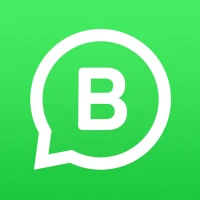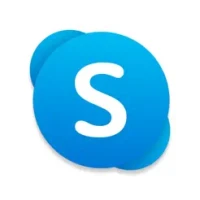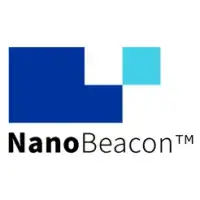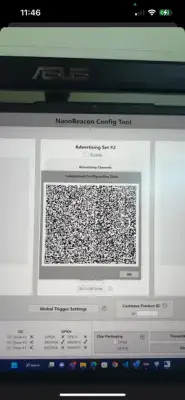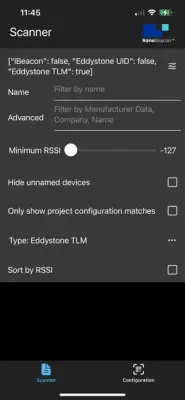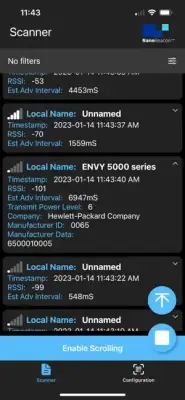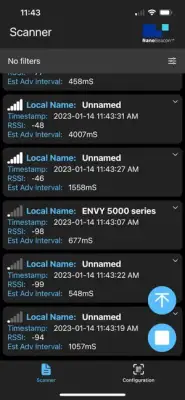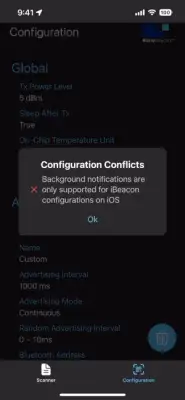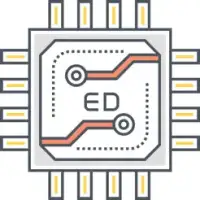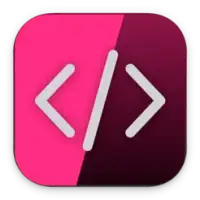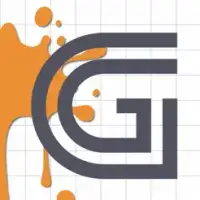Latest Version
1.0.20
January 12, 2025
onceLabs LLC
Developer Tools
iOS
4.8 MB
0
Free
Report a Problem
More About NanoBeacon BLE Scanner
The application is designed to work seamlessly with the NanoBeacon IN100 Bluetooth beacon development kit, offering advanced functionalities that are unique within this technology space. This pairing enhances the overall capability of Bluetooth Low Energy (BLE) devices, allowing users to engage in sophisticated configurations without the need for extensive programming skills. Users can set up the beacon with ease through a connected PC app, making it accessible for those unfamiliar with coding.
The NanoBeacon IN100 itself is highlighted as a cost-effective and energy-efficient BLE beacon platform. One of its standout features is the ability to configure the device entirely through a user-friendly app, which eliminates the need for writing code. Once users configure their device, they can easily transfer that configuration to the app by scanning a QR code, facilitating a smooth transition and ensuring that settings are accurately replicated.
The app's capabilities extend beyond simply locating Bluetooth devices; it decodes the advertising data emitted by these devices and presents it in a clear, understandable format. This feature is particularly useful as it allows users to grasp detailed information about the nearby BLE devices without requiring technical expertise. The application can discover various advertising BLE devices, displaying key metrics such as Received Signal Strength Indicator (RSSI) and advertising intervals, which provide users with insights into device proximity and activity.
Furthermore, the app boasts several advanced features that enhance user control and data interaction. Users can apply filters to exclude unwanted devices from their results and sort discovered BLE devices based on their signal strength. It also supports a range of standard protocols like Eddystone and iBeacon, allowing for comprehensive device compatibility. The functionality extends to receiving notifications for triggered advertisements, which are specific broadcasts activated when certain user-defined conditions are met, thus adding an extra layer of interactivity with the application.
Rate the App
User Reviews
Popular Apps

